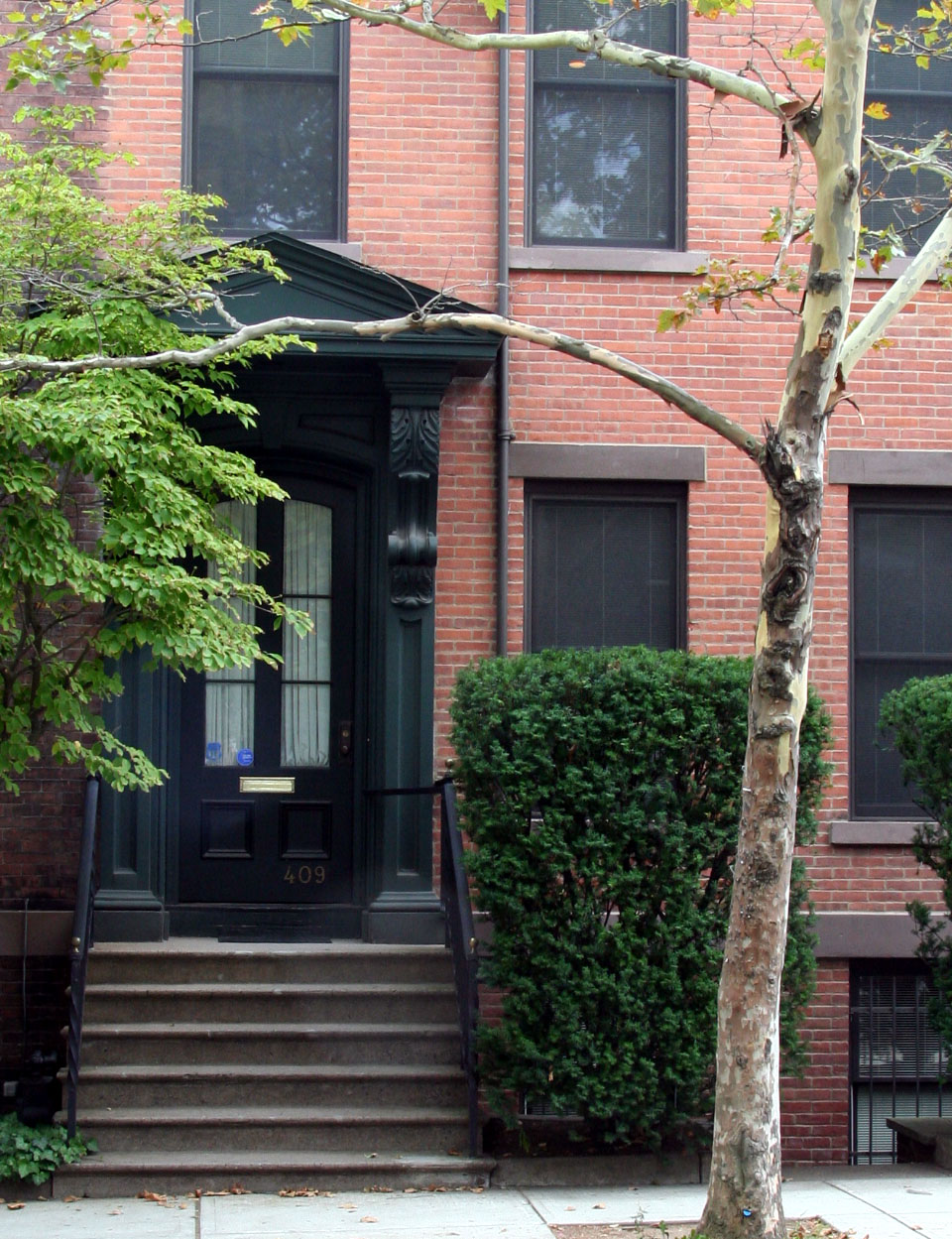1859. · New York
by [Peale, Rembrandt]
New York: Colton, 1859.. Chromolithographic print: 20 x 30 inches. Receipt: 3 x 7½ inches. Minor toning and soiling, small tear at bottom edge. Very good. Large print of Rembrandt Peale's famous painting, "The Court of Death," lithographed by Sarony, Major & Knapp. Rembrandt Peale was the most accomplished son of the great American portrait painter, Charles Willson Peale. The painting, "The Court of Death," was the most ambitious of his works, full 24 by 13 feet in size. Completed in 1820, it was displayed for a number of years at the Baltimore Peale Museum and then toured to other cities up through the time of the Civil War.
By 1859 the painting had been sold to Gardiner Quincy Colton, who published it in the present format and sold the prints for the low price of $1. Noted scholar Peter C. Marzio wrote: "Peale himself, normally haughty and querulous, provided a model of understated endorsement of the lithograph, writing shortly before his death [to Tristram Coffin on July 3, 1860], 'The drawing is correct, and the Colouring (considering the difficulty of the process & its cheapness) gives a good general idea of the painting.'" Marzio further adds that this lithograph is among his favorites, due to its importance in Peale's brilliant career not only as an artist, but as a popularizer of art, noting: "The painting is historically important as a very popular touring picture."
This example is accompanied by a printed and illustrated receipt for the purchase of one print. The receipt "entitles the holder to an ownership of One Share in the original Painting, valued at $25,000; which will be disposed of, as soon as 100,000 Engravings are taken, in such manner as they, the associated owners, shall determine." The receipt has a portrait of Peale on one end and of George Washington on the other. In a contemporary prospectus for the print, the publisher touts the obvious truth that more profit could be made by selling 100,000 prints at the low price of $1 than could be achieved by selling 5,000 prints at $5. In addition to increasing his profit margins, Colton clearly hoped to sell more prints based on the idea of buying into a share of the painting.
A pair of items illustrating the distinct link between art and commerce. Peter C. Marzio, DEMOCRATIC ART, pp.51, 216. GOLDSMITH 23085 (ref). Last, COLOR EXPLOSION, pp.132-33. (Inventory #: WRCAM45229)
By 1859 the painting had been sold to Gardiner Quincy Colton, who published it in the present format and sold the prints for the low price of $1. Noted scholar Peter C. Marzio wrote: "Peale himself, normally haughty and querulous, provided a model of understated endorsement of the lithograph, writing shortly before his death [to Tristram Coffin on July 3, 1860], 'The drawing is correct, and the Colouring (considering the difficulty of the process & its cheapness) gives a good general idea of the painting.'" Marzio further adds that this lithograph is among his favorites, due to its importance in Peale's brilliant career not only as an artist, but as a popularizer of art, noting: "The painting is historically important as a very popular touring picture."
This example is accompanied by a printed and illustrated receipt for the purchase of one print. The receipt "entitles the holder to an ownership of One Share in the original Painting, valued at $25,000; which will be disposed of, as soon as 100,000 Engravings are taken, in such manner as they, the associated owners, shall determine." The receipt has a portrait of Peale on one end and of George Washington on the other. In a contemporary prospectus for the print, the publisher touts the obvious truth that more profit could be made by selling 100,000 prints at the low price of $1 than could be achieved by selling 5,000 prints at $5. In addition to increasing his profit margins, Colton clearly hoped to sell more prints based on the idea of buying into a share of the painting.
A pair of items illustrating the distinct link between art and commerce. Peter C. Marzio, DEMOCRATIC ART, pp.51, 216. GOLDSMITH 23085 (ref). Last, COLOR EXPLOSION, pp.132-33. (Inventory #: WRCAM45229)





